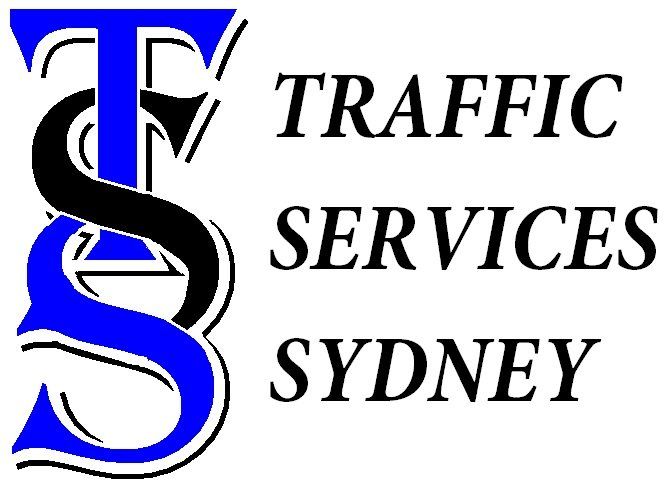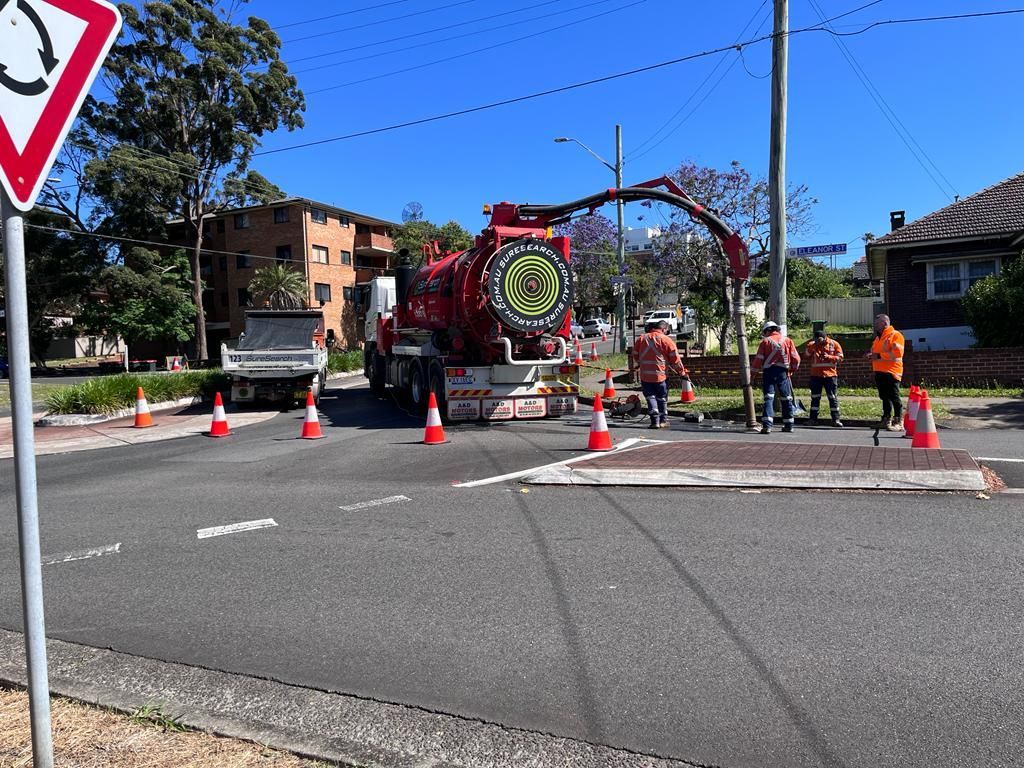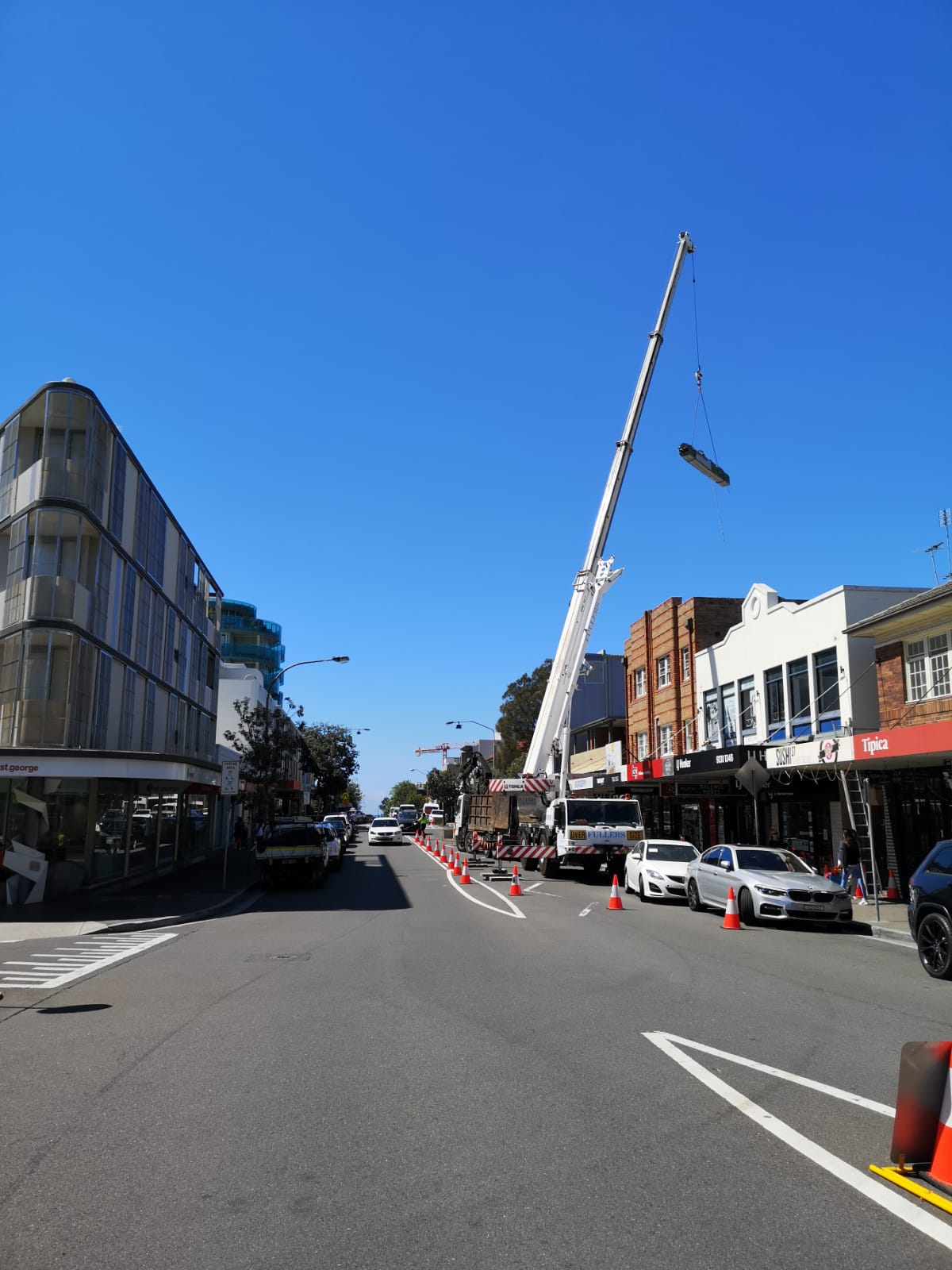Construction Traffic Management Plan
3 Ways A Construction Traffic Management Plan Can Make Your Site Safer
Construction sites are bustling, dynamic places. No one understands that better than the team at Traffic Services Sydney (TSS). Our management team have over 45 years of experience in the building and construction industry, so when we recommend a construction traffic management plan to suit your business, you can rest assured that we know what we’re talking about.
Having a solid traffic control plan for construction sites in Sydney is essential to ensuring the safety of all workers onsite as well as making sure that usual traffic in Sydney isn’t interrupted. Here are TSS’s top three recommendations to consider when creating a construction traffic management plan in Sydney.
1. Swept Path Analysis
A swept path analysis is a simulation that allows us to see a vehicle’s swept path, or the envelope swept of out by the sides of the vehicle body or any other part of the structure of the vehicle. As construction sites often involve the use of large vehicles and vehicles carrying specialised loads of large or volatile equipment, a swept path analysis is essential in creating a safe construction traffic management plan. A vehicle swept path analysis will allow you…
- To create a safe entry and exit driveways. With a swept path analysis, large vehicles and machinery will be able to safely enter the construction site without causing significant delays to traffic. We will also be able to conduct a swept path analysis within the area to create safe spaces for large vehicles to reverse and turn if needed.
- To create a temporary car park. If you need a car park onsite for both workers and large vehicles and machinery, a swept path analysis will enable you to see how much space you will need to create a safe car park that allows room to maneuver.
- To develop pedestrian-safe zones. Understanding a vehicle’s swept path movements allows you to be specific in your allocation of pedestrian-only walkways, ensuring the safety of your workers.
2. Keep Pedestrians And Vehicles Apart
Pedestrians on a construction site include workers and visitors, and their safety should be paramount in your construction traffic management plan. You can implement the following measures to ensure pedestrian safety;
- Providing separate traffic routes for pedestrians and vehicles and include marked pedestrian walkways on a direct route.
- Create pedestrian exclusion zones where large machinery is operating or moving. Secure these areas with signage and traffic control barriers.
- Create vehicle exclusion zones around places pedestrians are likely to congregate such as tearooms, amenities, and pedestrian entrances.
- Designate parking areas outside the construction site for workers and visitors to park their vehicles.
- Employ traffic controllers at entrances and exits to watch for pedestrians. Provide mirrors, stop signs, and warning devices at these points too so drivers can see pedestrians easily.
- Schedule times to move large vehicles or machinery so pedestrians know to not be in the area at the same time.
- Don’t block pedestrian walkways. This way, pedestrians won’t have to step out onto designated vehicle routes.
When it comes to construction traffic management plans for pedestrians safety, TSS can help you every step of the way. We’re here to help you plan, complete necessary documentation, applications, and administrative tasks, and to implement your plan onsite. TSS offers 24/7 assistance for construction traffic management in Sydney. So, whenever you need us, we’re there.
3. Develop and Implement a Traffic Management Plan
A construction traffic management plan is one of the most important documents to bring onto a construction site. Therefore, you’ll want to make sure your site’s plan is comprehensive and covers absolutely everything to ensure safe traffic movements on site. TSS are happy to offer our services and our abundance of experience in construction traffic management. Your traffic control plan for construction sites in Sydney should include;
- Designated travel paths for vehicles including entry and exit points, haul routes for debris or plant materials, or traffic crossing other streams of traffic.
- Pedestrian traffic routes and predictions of how often and where pedestrians and traffic will interact.
- Designated delivery, loading, and unloading areas.
- Places remote from the site for vehicles to turn around, dump materials, and access side roads.
- A layout of barriers, walkways, signs, and other arrangements to warn and guide traffic.
- Any requirements for specialty vehicles.
- Key responsibilities of people managing traffic at the workplace.
- Key responsibilities of people expected to interact with traffic.
- Procedures for controlling traffic during an emergency.
- How to monitor the effectiveness of the construction traffic management plan.
Leave Your Site’s Traffic Management In The Hands Of The Experts
Feel confident in your construction traffic management plan and leave the details to TSS. We don’t just have decades of experience in the building and construction industry, but we also have decades of experience working within Sydney. When it comes to developing a traffic management plan for construction sites in Sydney, there is no better way to go than TSS. If you’re interested in our services, contact us today.
OUR SERVICES
We make working on the road easy, fast, and hassle free.






